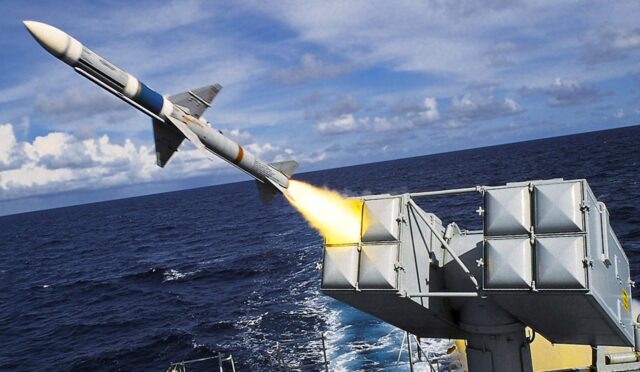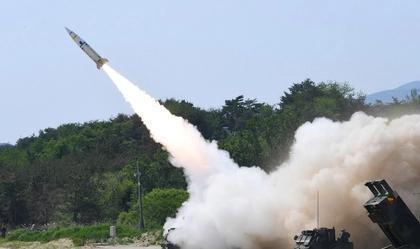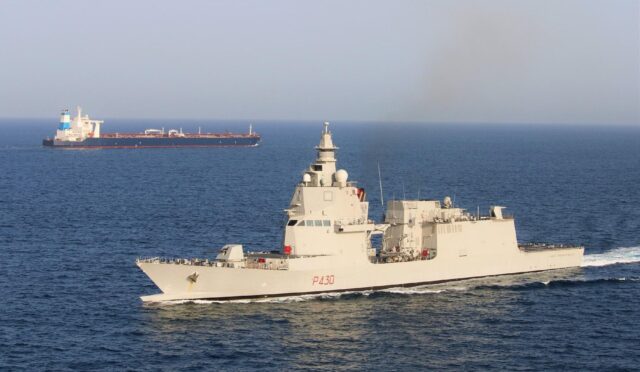Ireland’s Armored Vehicle Procurement to Modernize Forces
Ireland is set to procure approximately 100 armored vehicles as part of a significant effort to modernize its aging military fleet. The decision, anticipated in the coming months, will lead to deliveries starting in two years, according to reports from the Irish Mirror. This procurement initiative, which is valued at over 400 million euros (approximately $418 million), aims to replace the current Piranha III armored vehicles and RG-32 light tactical vehicles that are in active service.
Currently, the Irish Defense Forces operate 80 Piranha units and 27 RG-32 units. The need for this procurement has become increasingly evident as these vehicles have been in service for several years, with the Piranha dating back to 2002 and the RG-32 introduced in 2009. Despite a recent refurbishment costing 68 million euros ($71 million) for the Piranha vehicles, officials acknowledge that a replacement is crucial.
The Need for Modernization
A report from the Commission on the Defence Forces in 2022 emphasized the necessity for new armored personnel carriers (APCs) to fulfill Ireland’s overseas commitments and ensure adequate training for high-readiness forces. The report pointed out a significant shortfall in the current fleet, stating, “A sufficient number of armored personnel carriers are needed to meet overseas commitments while also facilitating adequate home training for deploying high readiness standby and standing forces abroad.”
The government’s acceptance of the Commission’s recommendations highlights a proactive approach towards strengthening national defense capabilities and addressing the operational gaps within the military. This modernization effort is not only about replacing old equipment but also about preparing Irish forces for the challenges of contemporary military engagements.
Potential Candidates for Replacement
Several candidates have emerged as potential replacements for the aging armored vehicles, including the Mowag Eagle and Piranha V, the KNDS Serval and VBCI, as well as the Boxer by Rheinmetall and KNDS Deutschland. According to the Irish publication The Journal, KNDS is positioned as a strong contender to secure the contract, particularly with its Scorpion project that features three advanced vehicles: the Griffon, the Jaguar, and the Serval.
The selection of a suitable replacement is critical not only for operational effectiveness but also for enhancing the overall capabilities of the Irish military. With various options on the table, the decision-making process will likely consider factors such as performance, adaptability, and cost-effectiveness in the long run.
Broader Plans for Military Upgrade
This armored vehicle procurement is part of a larger strategy to upgrade the Irish military by 2028. The plan aims to increase the number of active service members from 7,400 to 11,500 and enhance the overall defense posture of the nation. Currently, Ireland allocates only 0.2 percent of its GDP to defense, which is the lowest rate in the European Union.
In response to growing security concerns, the Irish government has set a defense budget for 2025 that includes an 8 percent annual increase, ultimately reaching a record allocation of 1.35 billion euros ($1.5 billion). This increase, which represents a rise of 100 million euros ($111 million), reflects Ireland’s commitment to modernizing its military forces and improving its defense capabilities.







